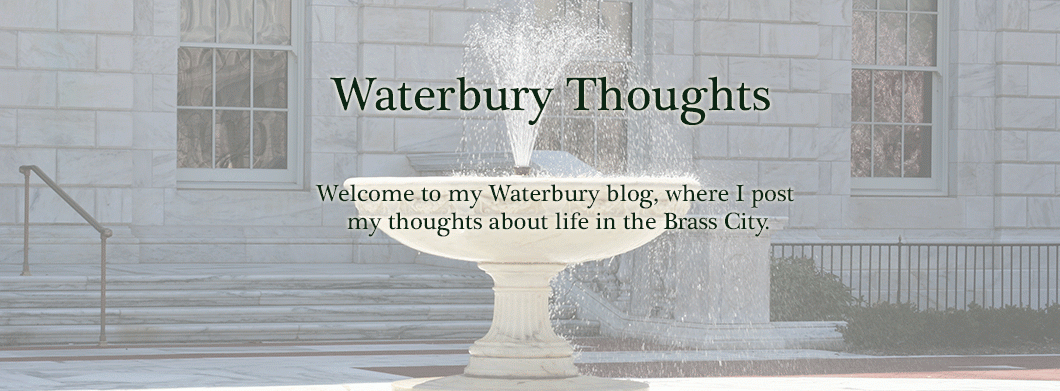Years ago, during a program on slavery at the Mattatuck Museum, a white audience member stood up and said that he had been taught that slavery happened only in the South and, later, that the slavery which happened in the North wasn't so bad, that there weren't very many slaves here, so what did it matter? His comments reflected a fundamental misunderstanding of slavery and the whitewashing of history which, at the time, the Mattatuck was trying to correct.
In the past year or so, it's become clear to me that there are still too many people who are dismissive of the history of slavery in the North and in Waterbury, and too many people who are dismissive of what that history means to people whose ancestors were enslaved and to people who deal with systemic racism every day.
The Fortune's Story website does an excellent job of presenting the history of slavery in Waterbury. Since that site was launched, I've uncovered a few more pieces of information that help tell the story.
Sunday, April 29, 2018
Sunday, April 15, 2018
Hamilton Park
You might think that Hamilton Park was named for Alexander Hamilton, but it was actually named for a local silver manufacturer whose wife donated the land to the city.
David Boughton Hamilton (1824-1898) was the president and treasurer of Rogers & Bro., best known today for their silver-plated flatware, which is still popular with collectors. Hamilton and the Rogers brothers came to Waterbury in 1858 to start the Rogers Brothers manufacturing business. After Hamilton's death, the company merged with others to become International Silver Co.
Silver Street takes its name from the Rogers and Hamilton silver-plating factories which were located next to the land that became Hamilton Park.
David Boughton Hamilton (1824-1898) was the president and treasurer of Rogers & Bro., best known today for their silver-plated flatware, which is still popular with collectors. Hamilton and the Rogers brothers came to Waterbury in 1858 to start the Rogers Brothers manufacturing business. After Hamilton's death, the company merged with others to become International Silver Co.
Silver Street takes its name from the Rogers and Hamilton silver-plating factories which were located next to the land that became Hamilton Park.
 |
| Detail of 1899 map of Waterbury showing factories on Silver Street. Courtesy of Library of Congress |
Subscribe to:
Posts (Atom)
